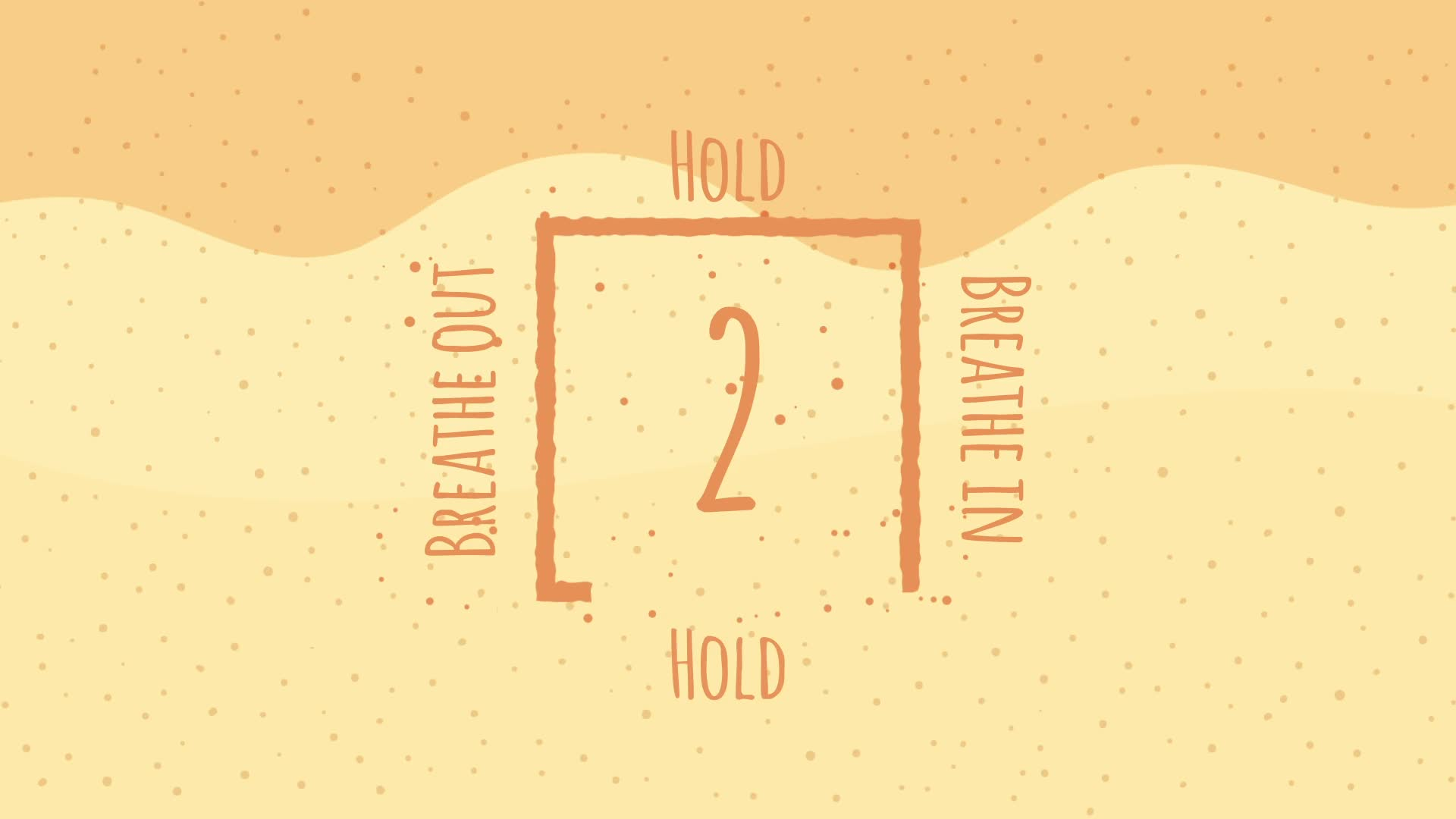
Introduction
Deep breathing exercises are an essential tool for helping students develop healthy coping mechanisms and self-regulation skills. Box Breathing, a simple yet effective technique, can be used to help students manage their worries, anger, and fears. This blog post will introduce Box Breathing, provide a no-prep activity for educators, suggest discussion questions, and mention related skills for students.
No-Prep Activity: The Box Breathing Exercise
Here’s an easy-to-follow activity that requires no preparation or materials from the educator. Instruct the students to sit comfortably in their chairs, sit up tall, and relax their shoulders. Guide them through the Box Breathing exercise by following these steps:
- Ask the students to picture a box or trace one on the table, their hand, or their arm, starting at the lower corner.
- Have them breathe in for a slow count of four seconds as their finger traces up the side of the box. Count aloud: One, two, three, four.
- Hold the breath for four seconds. Count aloud: One, two, three, four.
- Breathe out for four seconds. Count aloud: One, two, three, four.
- Hold the breath again for four seconds. Count aloud: One, two, three, four.
Students have just completed one Box Breathing cycle. Encourage them to repeat the cycle as many times as needed until they feel calm.
Discussion Questions
After practicing Box Breathing, engage the students in a discussion with these questions:
- How did you feel before and after practicing Box Breathing? Did you notice any changes in your emotions or thoughts?
- When do you think Box Breathing might be helpful to use during your day? Can you think of any specific situations?
- What other techniques can you think of that might help you feel calm and focused?
- How can practicing Box Breathing help you become a better listener and learner?
- Why is it important to learn different ways to manage our emotions and thoughts?
Related Skills
Box Breathing is just one of many techniques that can be used to promote Social-Emotional Learning in students. Other related skills that can help students develop self-regulation and coping mechanisms include:
- Mindfulness exercises
- Progressive muscle relaxation
- Visualization techniques
- Yoga and stretching exercises
- Journaling and self-reflection
Next Steps
Box Breathing is a valuable technique for helping students manage their emotions and thoughts. If you’re interested in exploring more activities and resources to support Social-Emotional Learning, sign up for free sample materials at Everyday Speech. You’ll gain access to a variety of resources that can help your students develop essential life skills and enhance their overall well-being.

